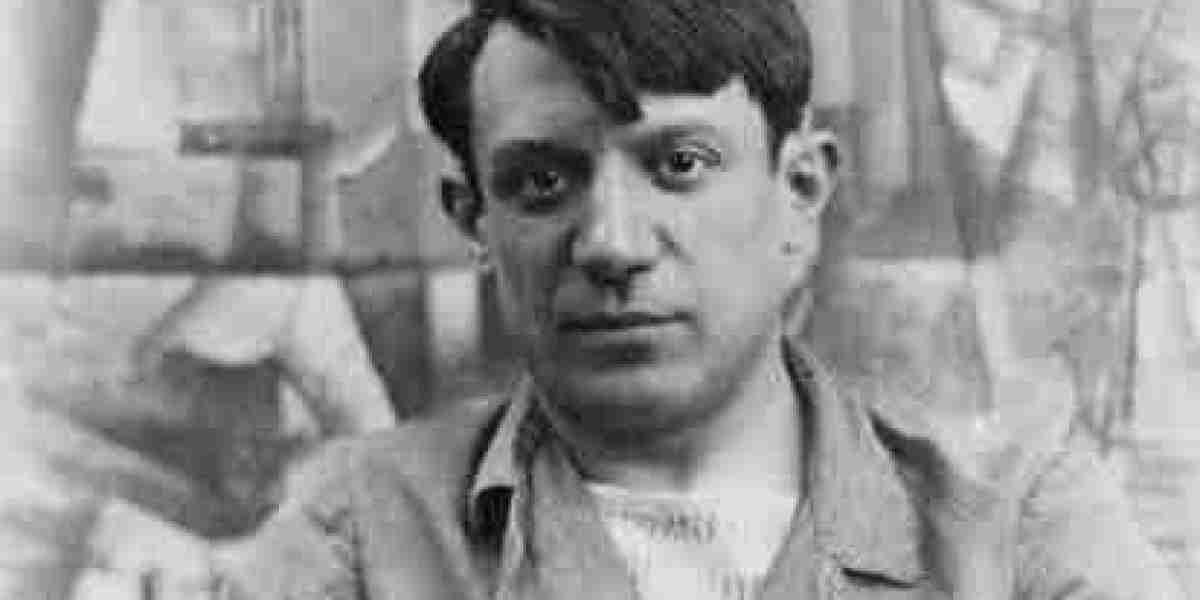Helium is one of the three elements created just after the Big Bang. It originated within the first three minutes of the universe's existence. Here helium means, helium nucleus. The second element of the periodic table. It is second only to hydrogen in terms of mass. Needless to say, hydrogen is the lightest element. Helium in the second is a colorless, odorless and tasteless inert gas. It is the lightest of the seven inert gases.
Helium
After the Big Bang, the temperature of the universe gradually decreased. After about 380,000 years, the electrons begin to be bound by the attraction of the nucleus. At this time some helium atoms are also formed along with the first hydrogen atoms. That is, the electrons start moving around the helium nucleus. But then Helium nucleus started forming from hydrogen too. This element is formed from hydrogen in stars through fusion reactions.
Like the origin, the story of the discovery of helium is quite fascinating. At one time people believed that we would never know what stars are made of. In 1835 the French philosopher Auguste Conte declared, 'We shall never know the chemical composition of the stars.' Konte thought that if you want to know the chemical composition of a star, you have to capture a star and put it in a laboratory on earth.
Or go to that star. But that is not possible. So it is impossible to know its identity. But today we know the identity of Nakshatra after proving someone wrong. I know about the nuclear fission reaction taking place in their chest. Humans have discovered ways to identify the elements that make up stars.
About the year 1814. German physicist Joseph Fraunhofer split sunlight into seven colors with the help of a prism. He succeeded by using this method discovered by the scientist Isaac Newton. Fraunhofer observed some black streaks in sunlight using a prism. This was the first observation of the spectrum of a star.
In 1859 or 1860, the German scientists Gustav Kershoff and Robert Bunsen discovered with the help of a spectroscope that the black lines seen by Fraunhofer resembled the imprint of a substance. In 1860, these two scientists discovered cesium from the blue spectral line. The following year in 1861 rubidium was discovered from the red spectral line.
In the same year British chemist William Crookes discovered thallium by observing a bright green spectral line. Scientists Kershoff and Bunsen observed the spectrum of the Sun and concluded that there is iron in the Sun's atmosphere. As we later learned, their discovery led to the discovery of helium.
August 18, 1868. French astronomer Pierre Janssen was expecting a total solar eclipse. That is why he was staying in India. But he could not bear it anymore. The corona region of the sun was observed before the eclipse. He then observed a yellow line in the spectrum of the gases he observed. The wavelength of this yellow line was 18.1868 nanometers. But he could not identify the source of these wavelengths.
Two months later, English astronomer Norman Lockyer set up his own spectroscope in London. Lockyer was the first editor of the famous science journal Nature . He also saw the yellow line seen by Pierre Jansen. At that time he was doing joint research with another British chemist Edward Frankland.
Lockyear tells Edward about the yellow line. They both discuss the yellow line. Think of several possibilities about the line. These two scientists also thought that it could be a new element. But he did not disclose that discovery.



















































